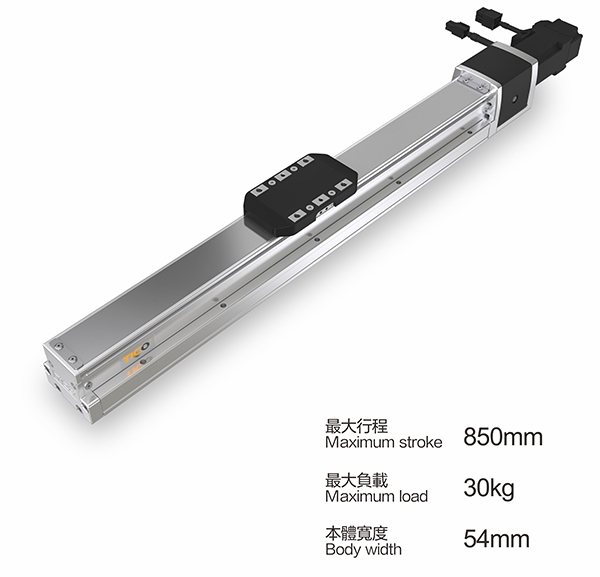Addr:Dongguan Mayor Anzhen Wusha Ring East Road Chen House brand building.
Tel:0769-89368511 / 33388293
Mobile:13925552470(Wechat Code)
Fax:0769-89032105
Q Q:2850923180
Email:wdp@keyangauto.com
website:en.keyangauto.com
Addr:Dongguan Mayor Anzhen Wusha Ring East Road Chen House brand building.
Tel:0769-89368511 / 33388293
Mobile:13925552470(Wechat Code)
Fax:0769-89032105
Q Q:2850923180
Email:wdp@keyangauto.com
website:en.keyangauto.com
How to choose the linear module required by the electric slide module? Linear module manufacturers tell you!

1. Guiding accuracy and thermal deformation of modules and supports. Guidance accuracy refers to the exact level of the motion trajectory of the moving component when it moves along the guide surface of the guide rail. The main factors affecting the guiding accuracy are the geometric accuracy of the guide surface of the guide rail, the structure type of the guide rail, the contact accuracy of the guide rail pair, the surface roughness, the rigidity of the guide rail and the support, the oil film thickness and the oil film stiffness of the guide rail pair.
The geometric accuracy of linear motion guide rails generally includes: straightness in the vertical plane and horizontal plane; parallelism between the two guide rail surfaces. The geometric accuracy of the guide rail can be expressed by the error on the entire length of the guide rail or the error on the unit length.
2. Motion stability: It is the performance that the guide rail does not crawl when it moves at a low speed or a small amount of movement. The stability is related to factors such as the structure of the guide rail, the matching of the materials of the guide rail pair, the lubrication condition, the properties of the lubricant and the stiffness of the transmission system of the guide rail movement.
3. Vibration resistance and stability: refers to the performance without self-excited vibration under given operating conditions; while vibration resistance refers to the ability of the module pair to accept forced vibration and shock.
4. Accuracy persistence: refers to the ability to maintain the original geometric accuracy during the work process. Accuracy persistence mainly depends on the wear resistance of the guide rail and its dimensional stability. Wear resistance is related to the material matching, force, machining accuracy, lubrication method and performance of the protective device of the guide rail pair. Residual stresses in the rail and its supports can also affect the precision adherence of the rail.
5. Rigidity is particularly important for precision machinery and instruments. The deformation includes the deformation of the guide rail body, the contact deformation of the guide rail pair, and the ability of the guide rail to resist force deformation. The deformation will affect the relative position and guiding accuracy between the components. Both should be considered.
6. Motion Sensitivity and Positioning Accuracy The motion sensitivity of linear guide rails refers to the smaller stroke that the moving member can achieve; the positioning accuracy refers to the ability of the moving member to stop at the specified position as required. Motion sensitivity and positioning accuracy are related to factors such as guide rail type, friction characteristics, motion speed, transmission stiffness, and quality of moving components.
(Part of the material on this website comes from the Internet. If the information displayed on this website violates the intellectual property rights or other legitimate rights and interests of media or individuals, please notify us in time, and we will delete it immediately.)